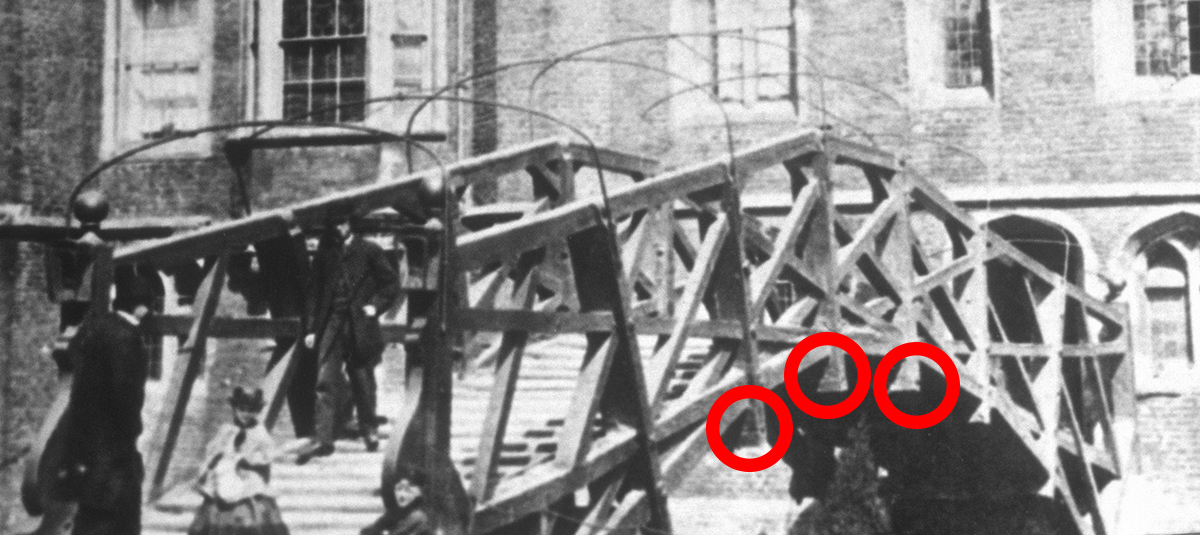


It often appears as a stained, tan, or brown border along the edge of your teeth near the gumline.ĪLSO READ: Blackhead removal: Effective techniques for maintaining a clearer skin The presence of tartar can lead to gum disease and tooth decay. It can start spreading and progressing beneath your gumline, affecting the underlying tissue. Tartar poses a danger as it does not remain confined to the surface of your teeth. This calcified dental plaque, also called calculus bridge, can develop within one to fourteen days of plaque formation, according to research. This combination of carbohydrates, acids and bacteria forms a colourless layer over your teeth, known as plaque. When the remnants of these foods mix with the bacteria in your mouth, acids are released, breaking down the carbohydrates. Plaque easily forms on teeth, particularly after consuming starchy or sugary foods and beverages.

This film is known as plaque and if it is not removed through regular brushing and flossing, it can harden into a substance called tartar, also referred to as calculus. If you do not brush your teeth immediately after eating, you may notice a thin, sticky film forming on your teeth. Unlike plaque, which can be easily eliminated with regular oral hygiene practices, calculus, also known as tartar, is a hard substance that cannot be effectively removed by brushing alone. When dental plaque, a sticky film forms on teeth due to activities like eating and drinking, is not effectively removed through proper brushing and flossing, it can mix with minerals present in saliva and transform into calculus. Quit smoking and tobacco use What is Calculus Bridge?


 0 kommentar(er)
0 kommentar(er)
